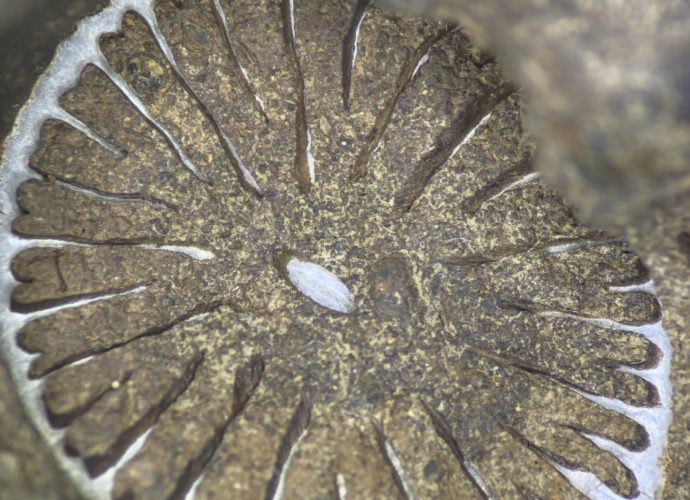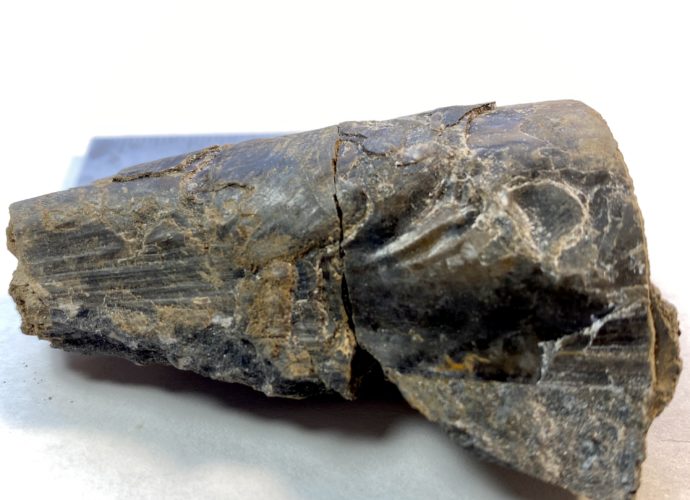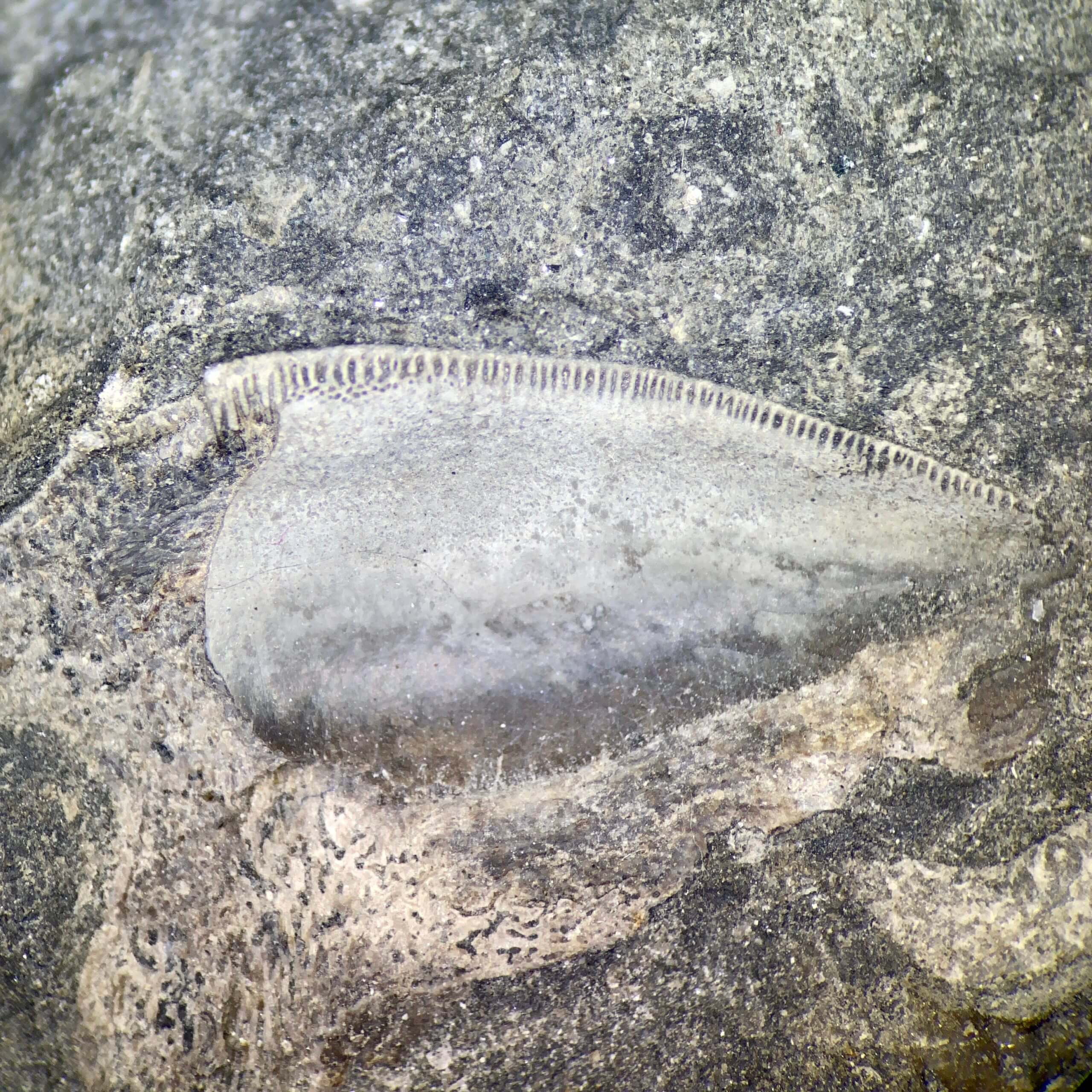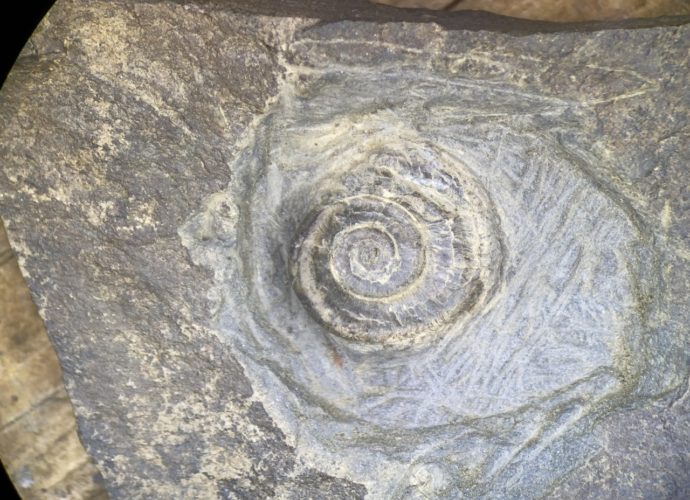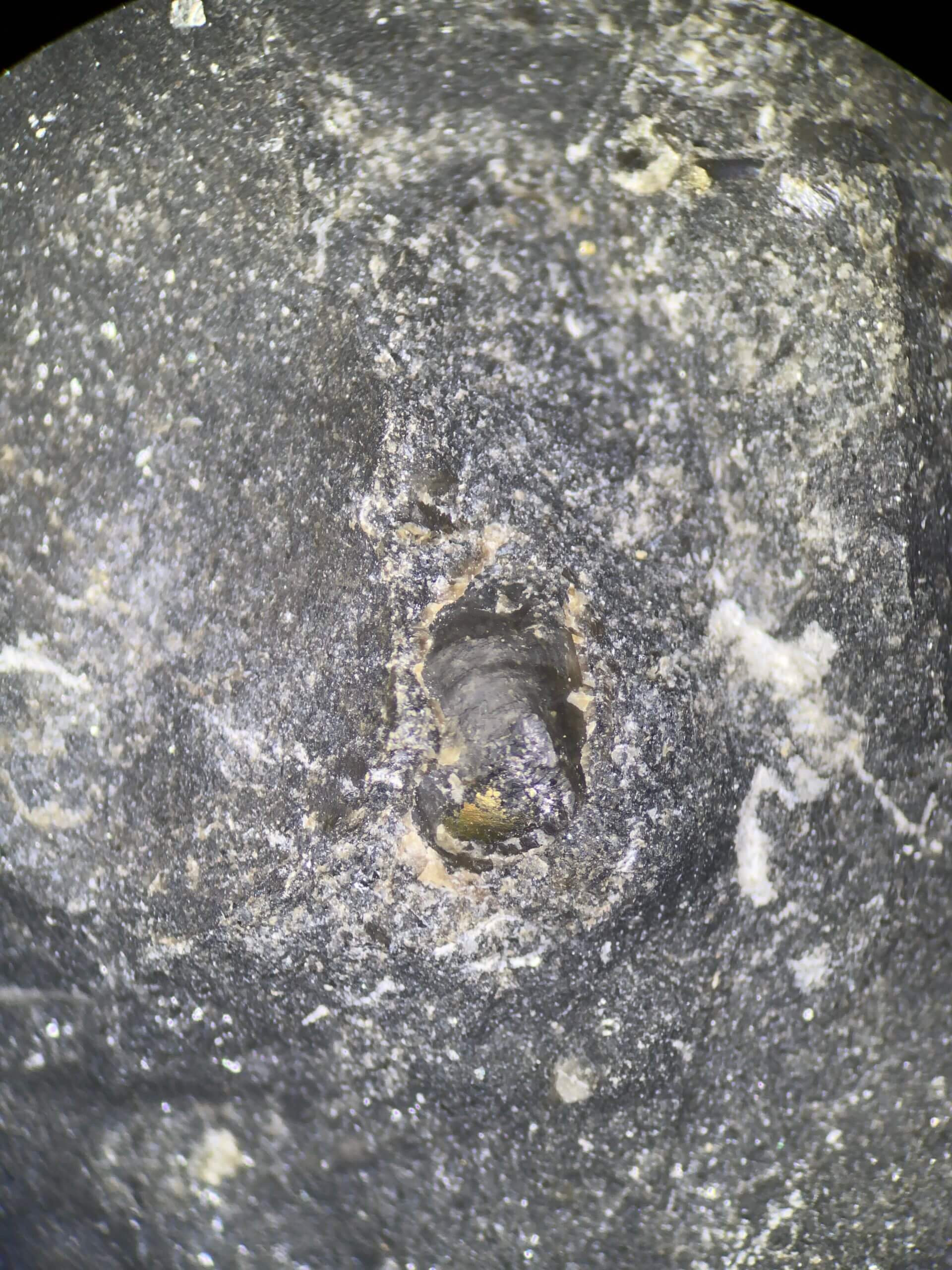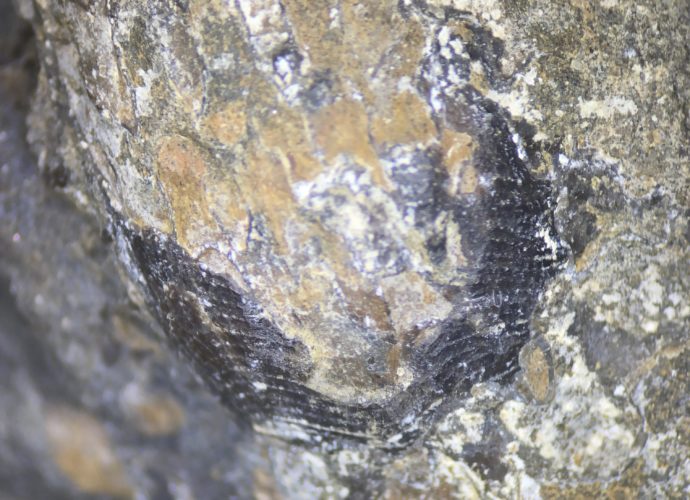Pennsylvanian Rugose Corals
Many rugose horn corals occur local to the Pennsylvanian rocks of Armstrong County, Pennsylvania. Stereostylus is a common solitary horn coral in Pennsylvania. The subclass Rugosa Milne Edwards & Haime 1850 went extinct at the end of the Permian during the most significant known mass extinction. The specimens below showRead More →

